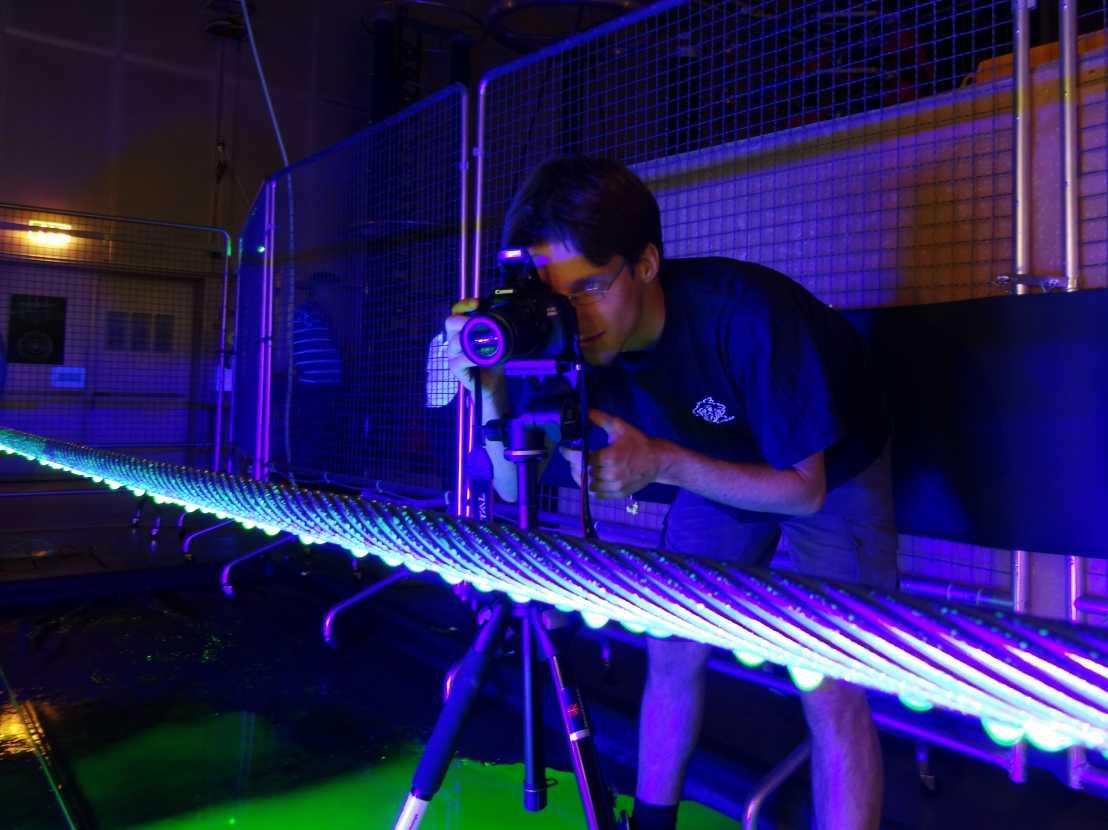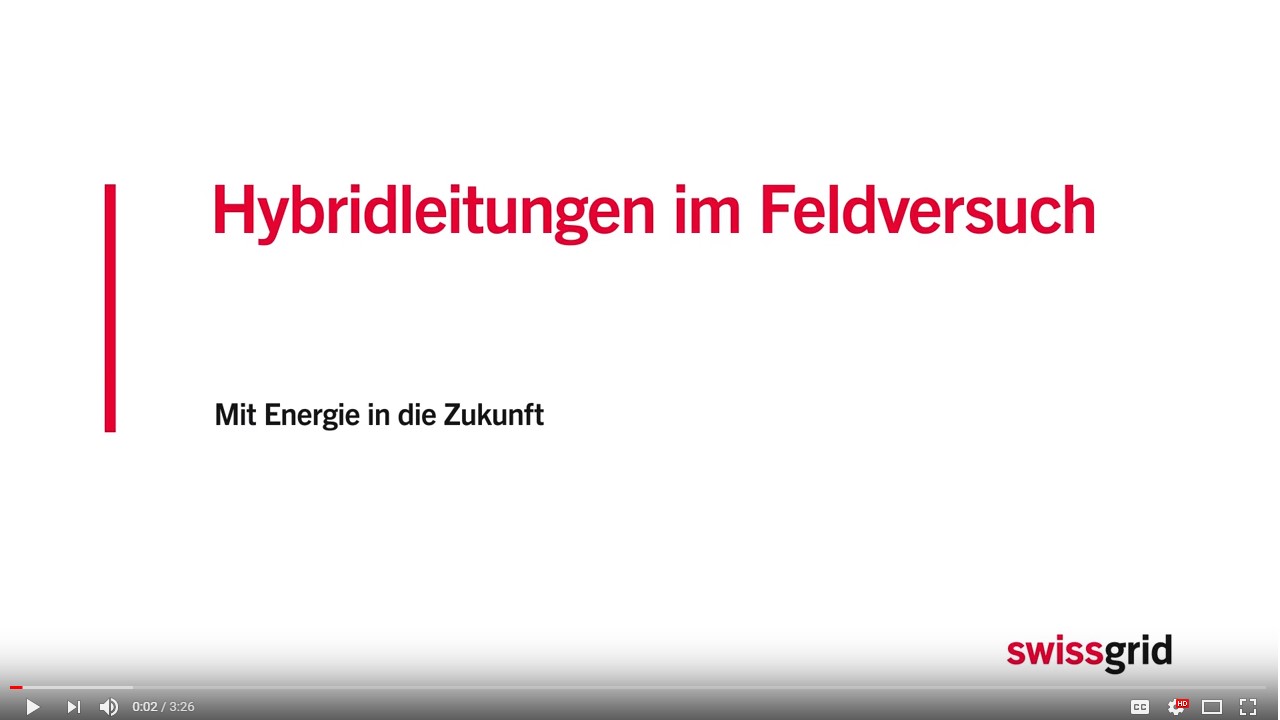Future Overhead Power Transmission Lines

Challenging goals of the climate and energy policy of governments and deregulated electricity markets involve a growth of the electrical energy demand. Besides stronger use of decentralized renewable energy sources, energy is also produced in large scale (offshore) wind and solar parks. This requires an increase of the transmission network capacity. Since restrictions and public acceptance deter utilities from quickly building new overhead lines (OHLs), up-grading and efficient use of existing lines are important topics. Projects in this area research the possibility of increasing the transmission capacity of existing line without (or with minimum) constructional changes. In collaboration with partners, the public acceptance of these new technical solutions is investigated and acceptance critical constraints are influencing the technical optimization procedures. In addition, basic processes that determine the interaction between single water droplets, conductor surfaces and electric fields are studied. Amongst these are: attachement and deformation of water droplets, partial discharge inception and ice nucleation.
One idea to increase the transmission capacity of existing infrastructure is to convert existing multi-circuit AC transmission towers to hybrid AC/DC systems (AC and DC on the same tower). The goal is to maximize the power transmission capacity of existing infrastructure (the conversion of one circuit from AC to DC), but to keep the easy access and tap-off from AC systems. Critical technical questions related to such a conversion include the impact on the electric fields and ion currents at the ground level, the dc current coupling into the ac phases, and the resulting corona generated noise.
The change of water droplets on surfaces in electric fields is a multi-disciplinary research activity involving the fields of high-voltage engineering, surface science and thermodynamics. The basic understanding of these processes yields the opportunity to attenuate undesired side-effects, such as corona inception and audible noise on OHL or can be used to influence and control heat transfer, drop impact or ice nucleation behaviour in industrial processes. Within this group, 1 researcher is working on Integrated Electro-Optical Sensors.
Partnership: Amprion, TransnetBW, FKH, LTNT (D-MAVT)
Researchers: Hannah Kirchner, Yang Lu


